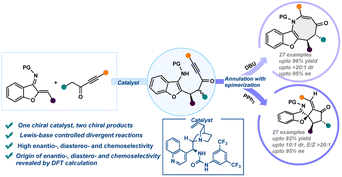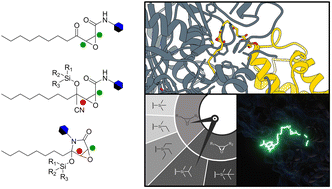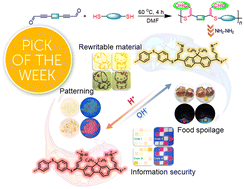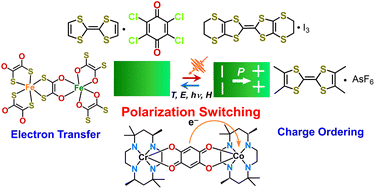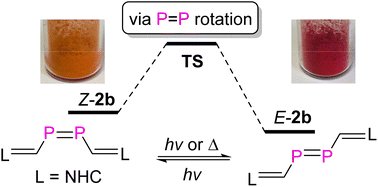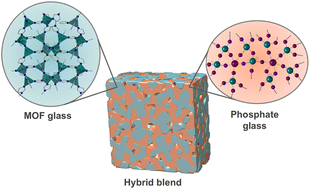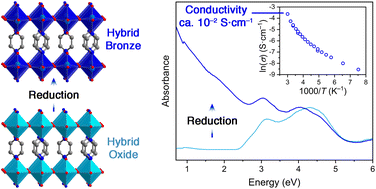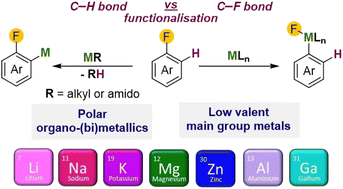Chem. Sci., 2023, 14,10914-10924
DOI: 10.1039/D3SC01089A, Edge Article
DOI: 10.1039/D3SC01089A, Edge Article
 Open Access
Open Access This article is licensed under a Creative Commons Attribution-NonCommercial 3.0 Unported Licence.
This article is licensed under a Creative Commons Attribution-NonCommercial 3.0 Unported Licence.Fenghua Wang, Wencheng Xia, Mingming Zhang, Rongrong Wu, Xiaolu Song, Yun Hao, Yonghai Feng, Liwei Zhang, Dan Li, Wenyan Kang, Cong Liu, Lei Liu
Peptides can self-assemble into antimicrobial fibrils that can be degraded by the enzyme secreted from bacteria.
The content of this RSS Feed (c) The Royal Society of Chemistry
Peptides can self-assemble into antimicrobial fibrils that can be degraded by the enzyme secreted from bacteria.
The content of this RSS Feed (c) The Royal Society of Chemistry


